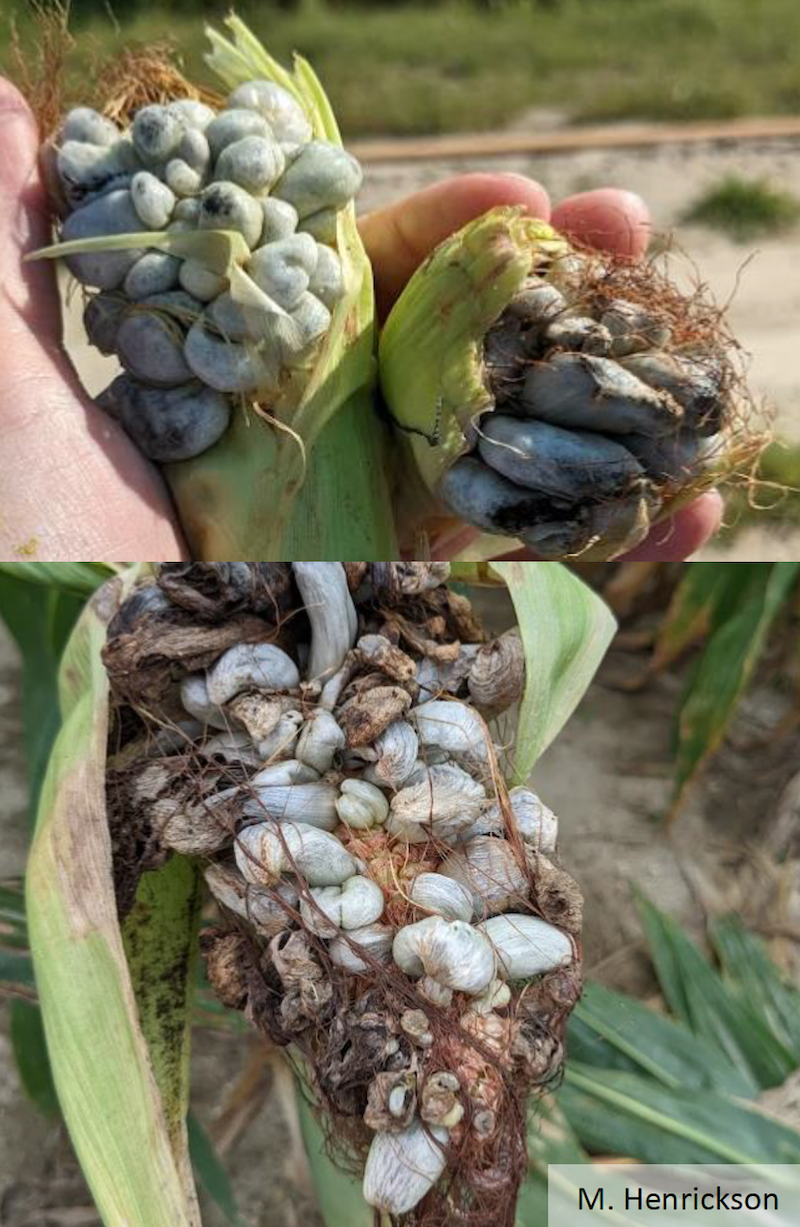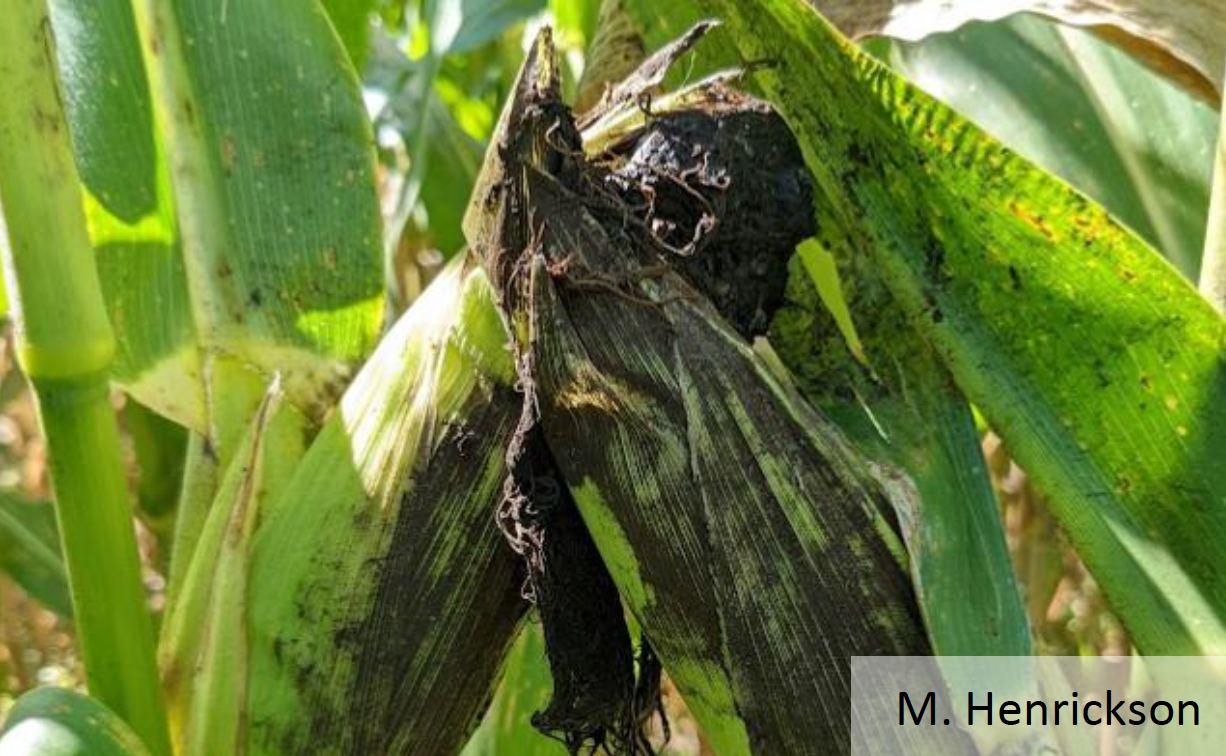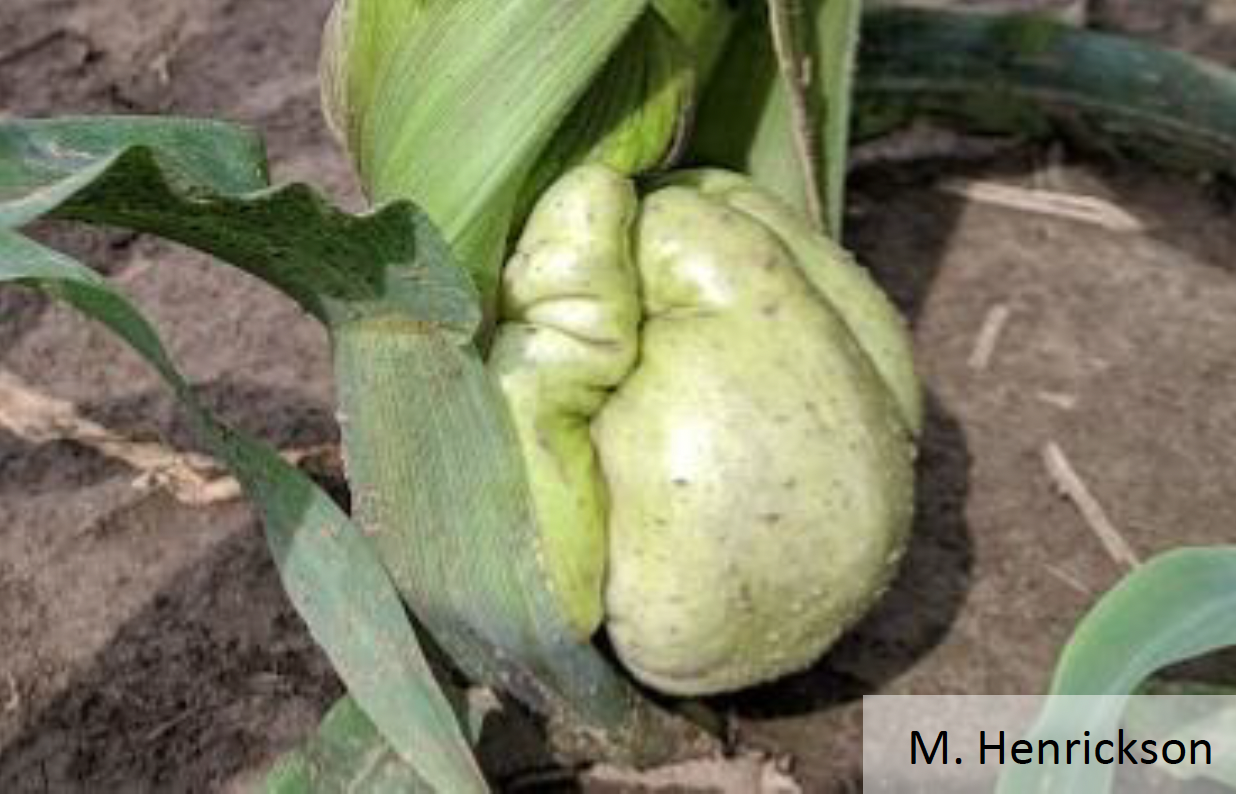
Fact Sheets And Publications
- Health & Well-being
-
Agricultural Programs
- Agribusiness
- Animal Science
- Beginning Farmer Program
- Commercial Crops
- Commericial Horticulture
- Delaware Soil Testing Program
- Disease Management
- Farm Vitality and Health Project
- Irrigation
- Nutrient Management
-
Insect Pest Management
- Insect Trapping Program
- IPM Hot Topics
- Commercial Field Crop Insect Management
- Commercial Field Crop Disease Management
- Commercial Fruit & Vegetable Crop Pest Management
- EIPM Implementation Projects
- Pollinators
- Research and Extension Demonstration Results
- Brown Marmorated Stink Bug (BMSB) Management, Research, and Resources
- Publications
- Pesticide Safety Education Program
- UD Plant Diagnostic Clinic
- Variety Trials
- Weed Science
- Certified Crop Advisor Program
- Poultry Biosecurity
- 4-H
-
Horticulture
- Climate Variability and Change
- Delaware Soil Testing Program
- Forestry
- Lawn and Garden
- Master Gardeners
- Master Naturalist Program
-
Nutrient Management
- Nutrient Management Certification
- Continuing Education for Nutrient Management
- Nutrient Management Planning Resources
- Commercial Nutrient Handler Resources
- Poultry Litter and Manure Management
- Turf Management
- Agriculture Notebook
- Horticulture Handbook
- Agriculture & Horticulture Handbooks
- Crop Production
- Soil Fertility
- Delaware Climate Change Coordination Initiative (DECCCI)
- Salt Impacted Agricultural Lands

Corn Smut
Pest Background
- Corn smut is caused by the fungal pathogen Ustilago maydis.
- Spores are spread through wind or water splashing to nearby plants.
- This pathogen infects the corn through the silks prior to pollination, or by wounds on the plant (Fig 3).
Identification
- Corn smut is easily identified by rapid swelling, known as galling, on ears, stalks, leaves, and tassels (Fig 1).
- Galls become papery and produce black teliospores (Fig 2).



Management
- Resistant varieties are available, consult local seed representatives to discuss hybrid options.
- Early planting dates can minimize the window silks are susceptible to spores.
- Crop rotation can disfavor the pathogen by removing a susceptible host from the affected region.
References
Crop Protection Network . (2022, January 27).Common Smut of Corn.Retrieved from Crop Protection Network: https://cropprotectionnetwork.org/encyclopedia/common-smut-of-corn
Pataky, J. K., and K. M. Snetselaar. 2006. Common smut of corn.The Plant Health Instructor. DOI:10.1094/PHI-I-2006-0927-01
Authors: Madeline Henrickson and Dr. Alyssa Koehler
UD Cooperative Extension
This institution is an equal opportunity provider.
In accordance with Federal law and U.S. Department of Agriculture policy, Cooperative Extension is prohibited from discriminating on the basis of race, color, national origin, sex, age, or disability.
The University of Delaware is an Equal Opportunity Institution and Provider. Visit UD’s Office of Equity & Inclusion to learn more.
Additional Links
531 South College Avenue Newark, DE 19716 (302) 831-2501
